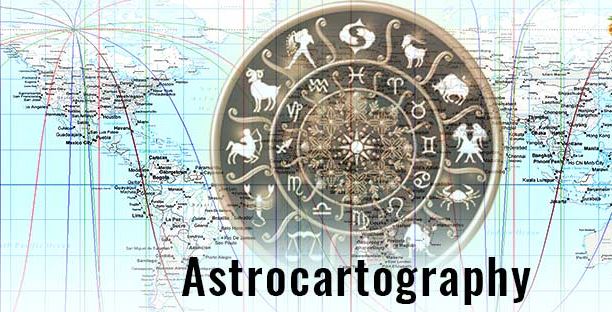
Child Birth
The process through which a baby is delivered from the mother's womb is called childbirth, commonly referred to as labour or delivery.
Brief description of the procedure
- After the duration of pregnancy, which normally lasts nine months, childbirth starts. A baby develops and grows inside the mother's uterus throughout this time.
- Labour is a sequence of physiological processes that the mother's body goes through when the baby is ready to be delivered. The maturation of the infant and hormonal changes start these processes.
- The woman goes through intense, regular tightening and relaxation of the muscles in her uterus during contractions. The baby is assisted in moving towards the delivery canal by these contractions.
- The cervix, which is the entryway to the uterus, starts to dilate or open up as the contractions persist. As a result, the baby can exit the uterus and enter the delivery canal.
- The mother's pelvis and vagina come together to form the birth canal. Strong contractions continue to occur in the woman as the baby descends via this canal, aiding in the baby's downward movement.
- The infant emerges into the world when their head and body have exited the delivery canal. The baby's first breath occurs outside the womb at this time, which is referred to as the delivery.
- The placenta, which is the organ that supplied the foetus with nourishment and oxygen throughout pregnancy, is normally delivered by the mother after the baby is born.
- After giving birth, the new parents see their kid for the first time and develop a particular attachment with their child.
Although childbirth is a wonderful and natural procedure, the mother may experience great physical and mental pain. In order to guarantee the safety and wellbeing of both the mother and the child during childbirth, medical experts like physicians or midwives are frequently present.







